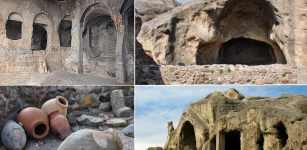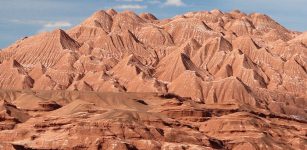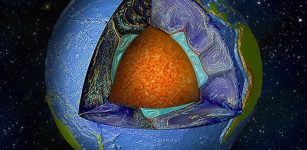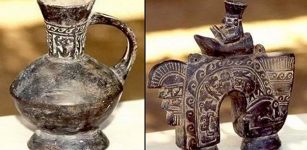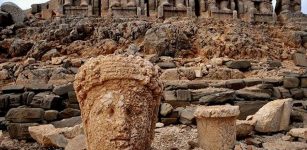Intriguing Underground Caves Discovered In South America May Hold Clues To How Continents Formed
MessageToEagle.com – On a remote island in Patagonia, at the southern end of South America scientists have made a fascinating discovery that eventually could provide valuable clues as to how continents were formed.
Chilean and French researches found a system of around 20 limestone caves in Chile. Some of the caves, which were 50 metres deep contained bone fragments from small animals and cave paintings.
Scientists had to abseil and scubadive to get into the caves, some of which are around 65 feet deep.
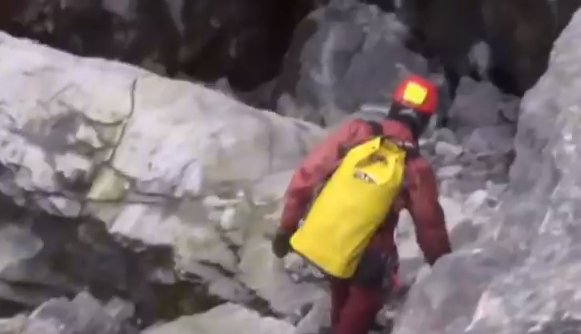
They found wall paintings and bone fragments left by the indigenous Kaweskar people that could help date the caves.
“You can make models of areas where the continents broke off and this could be one of those spots.
It is a key place and it is here, in Chile,” said speleologist Natalia Morata.
Who are the Kaweskar people?
The Kawaskar people are also known as the Kawashkar, Alacalufes, Halakwulup.
The group has a many different names partly due to the large size of their territory.
See also:
Spectacular Marble Caves In Patagonia, Chile – Marvelous Treasure Of Our Planet
The Valley At The End Of The World – And The Magical Mysteries We Found There
Eurasia-India Collision 47 Million Years Ago Resulted In Birth Of Himalayas
Remnants Of The Lost Polar Continent Arctida-1 & Arctida-2 Still Exist – Scientists Say
The Kaweskar are the ancient inhabitants of western Patagonia, an area that includes the Gulf of Penas in the north and both banks of the Magellan Strait to the south. In the Kawesqar language the territory is known as wæs and is divided into two sections that go from east to west: Jáutok, which includes inland channels and the land, to the east, and Málte, which includes coastal channels and the coast facing out into the Pacific Ocean.
Hopefully, the Kawaskar people will be able to provide more information about the mysterious caves found in Chile.
MessageToEagle.com
References:


